Commercial Relocation: The Ultimate Guide for Moving Your Business
Relocating a business in San Diego can be as complex as it is critical to your company’s continuity and growth. The myriad logistics involved in moving commercial entities demand meticulous planning and execution. Factors ranging from minimal operational downtime to the safe transfer of sensitive equipment are paramount in a commercial relocation.
It’s more than just a move.
Having an overarching strategy that encompasses every facet of the transition is the cornerstone of a successful move. This includes choosing a reputable mover with expertise in commercial logistics to ensure a seamless transition for your organization.
Planning Your Business Move
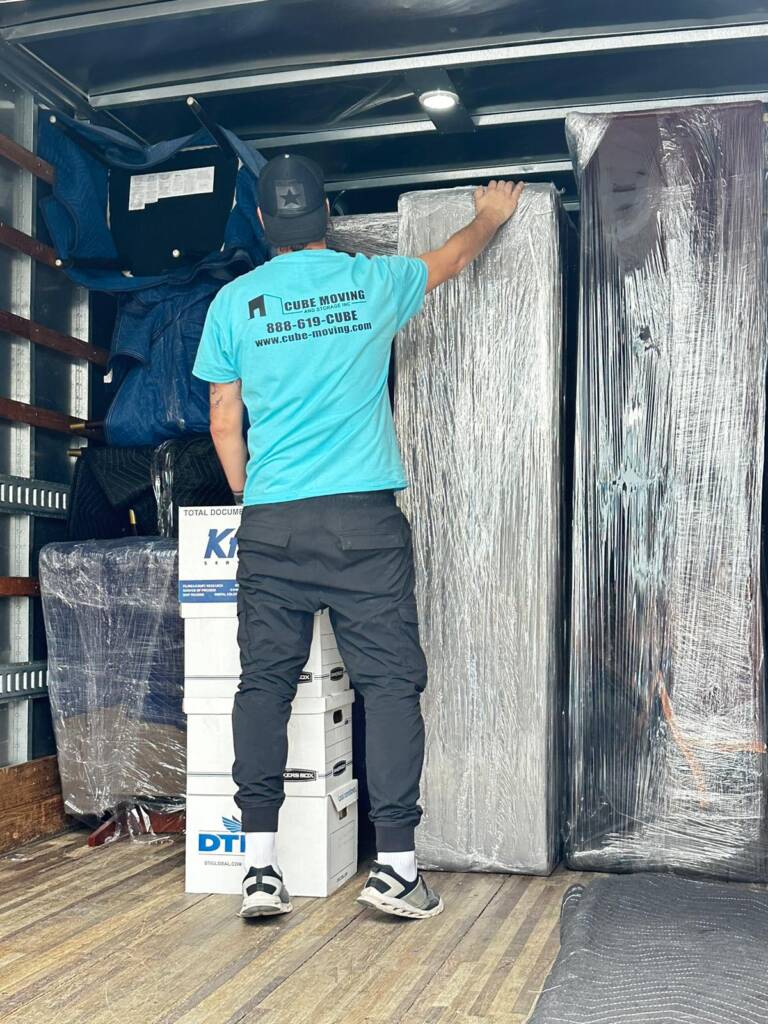
Embarking on a commercial relocation necessitates a comprehensive blueprint that delineates every critical step from inception to execution. This entails a thorough evaluation of your current and future operational needs, thereby establishing a timeline that minimizes disruption to your everyday business activities. Coordination with department heads is imperative to ensure the continuity of services and the safeguarding of sensitive equipment and data. Equally vital is the communication plan, setting forth how you will inform both your employees and clientele about the impending move, fostering an environment that is informed and prepared for the changes ahead.
When it comes to the actual moving process, it is crucial to enlist the services of professional commercial movers. Hiring experienced and reliable commercial movers ensures that your relocation is handled efficiently and with utmost care. These experts have the necessary expertise and equipment to handle the logistics of your move, including packing, loading, transportation, and unpacking at the new location.
Working with commercial movers also provides you with peace of mind, knowing that your valuable assets and equipment will be handled with the utmost care and attention. They have the necessary tools and techniques to safely transport delicate and sensitive items, minimizing the risk of damage during the move.
Crafting a Timeline
Seamless transitions require meticulous timing—visualize the entire process to preempt pressure points and ensure operational continuity.
Effective timelines integrate strategic planning with operational realities to facilitate uninterrupted business function.
Budget Considerations
Allocating adequate funds is essential for a smooth commercial relocation, ensuring no aspect is financially overlooked.
- Assessment of Moving Expenses: Consider the costs of professional movers, packing materials, and insurance.
- Operational Costs: Account for the downtime and any lost revenue during the move.
- Contingency Funds: Set aside a reserve for unforeseen expenses that may arise.
- Upgrade and Replacement Costs: Evaluate if equipment requires updating or replacement in the new location.
- Long-term Financial Impact: Analyze the potential changes in operational costs in the new facility.
Efficient budgeting minimizes the risk of unexpected financial strain.
A thoroughly planned budget is the financial blueprint for your business’s transition.
Employee Communication
Effective communication is essential to minimize uncertainty and maintain productivity during the transition.
- Initial Announcement: Inform employees about the relocation plans as soon as possible.
- Regular Updates: Provide frequent progress reports and any changes in moving plans.
- Feedback Opportunities: Establish channels for employees to share concerns and suggestions.
- Role Assignments: Clearly define each employee’s responsibilities before, during, and after the move.
- Training Sessions: Offer training for new systems or processes associated with the new location.
Clear directives and open dialogue are key to a cohesive moving strategy.
A well-informed team can significantly contribute to a seamless relocation experience.
Choosing the Right Movers
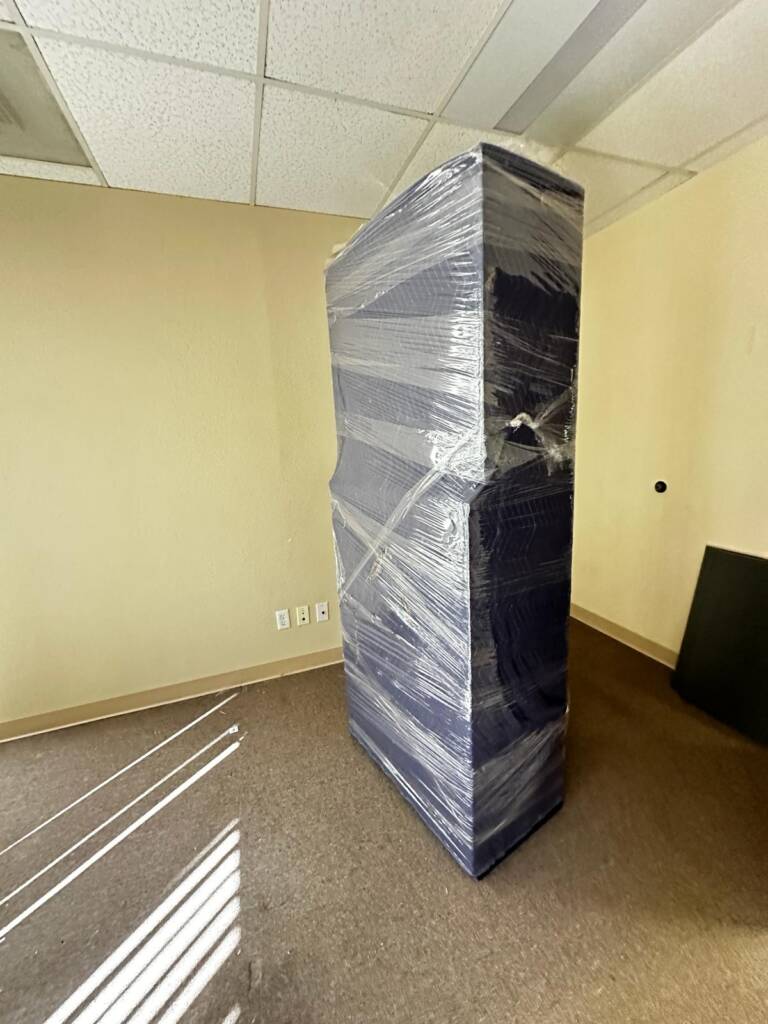
Selecting a dependable moving company is pivotal to your business’s relocation success. When searching for office movers, it is important to delve into a mover’s history, verifying licenses and insurance for commercial transport.
When evaluating prospective office movers, prioritize those with extensive experience in commercial relocations, who can showcase a proven track record of minimizing downtime for businesses like yours. Ascertain their capacity for handling your specific type of equipment and inventory safely and efficiently.
Ensure that written estimates provided by office movers are detailed and binding to avoid unexpected costs, solidifying trust and transparency from the outset. By taking these steps, you can confidently choose office movers who will handle your relocation with professionalism and expertise.
Checking Credentials
Verifying credentials is paramount to ensuring a mover’s legitimacy and capability to handle your commercial relocation needs.
- Licensing: Confirm that the company holds proper licensing for commercial moving, such as a US DOT number for interstate moves.
- Insurance: Check that the moving company carries adequate insurance, protecting your business against potential transit damages.
- Accreditation: Look for movers accredited by reputable organizations, such as the Better Business Bureau or the American Moving and Storage Association.
- References and Reviews: Request references from past commercial clients and scrutinize online reviews for professional insight.
- Safety Records: Investigate the company’s safety record with the Federal Motor Carrier Safety Administration (FMCSA) to assess their adherence to regulations.
Ensure the mover’s credentials align with industry standards and your specific requirements.
Conducting a methodical check of a mover’s qualifications is an investment in your business relocation’s success.
Evaluating Services
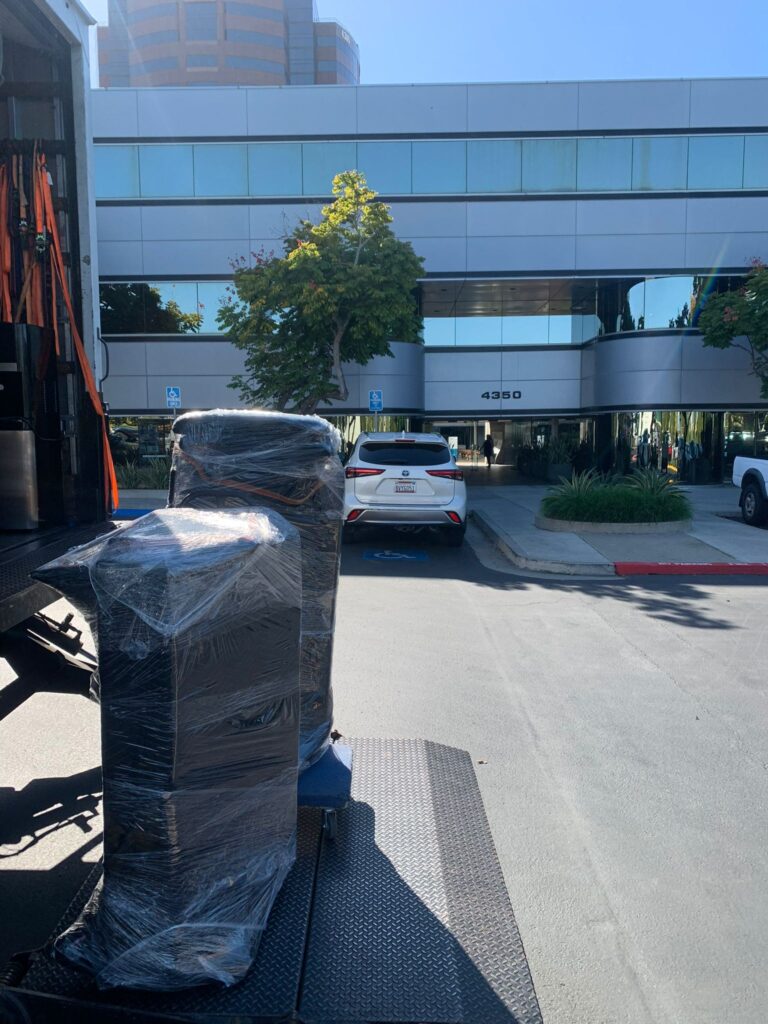
Selecting a proficient moving service is paramount for a successful business transition.
- Detailed Estimates: Obtain a comprehensive breakdown of all charges to preclude unexpected costs.
- Customized Solutions: Ensure the provider offers services tailored to your unique business needs, including specialized equipment handling, and storage options.
- Project Management: Assess the mover’s ability to coordinate all aspects of the relocation, including timeline management and logistics.
- Crew Expertise: Investigate the team’s experience with commercial moves, particularly within your industry sector.
- Post-Move Support: Confirm availability of after-move services such as debris disposal and equipment setup.
Verifying service offerings streamlines the relocation process.
Accurate assessment of services minimizes business downtime and safeguards assets.
Comparing Quotes
It’s essential to scrutinize each proposal meticulously.
When evaluating quotes from different moving companies, including Cube Moving & Storage, it is important to note discrepancies in services and pricing structures. Diverse billing methods, such as hourly rates versus flat fees, and differences in service inclusions, can complicate direct cost comparisons. Therefore, a detailed examination is necessary to ensure you comprehend the full scope of services and the associated costs.
Moreover, consider the potential impact of additional fees on your budget when working with Cube Moving & Storage or any other moving company. It is important to clarify what circumstances might trigger supplementary charges, including access issues, insurance premiums, or expedited service requests. Transparency in billing is critical to avoiding unexpected financial burdens during the move.
Lastly, when comparing quotes from different movers, including Cube Moving & Storage, it is important to weigh the value propositions presented. Are they offering competitively priced services with a respectable level of assurance in terms of skill and reliability? Comparing apples to apples is crucial; ensure that each quote, including the one from Cube Moving & Storage, includes similar levels of service and protection before making your final decision.
Preparing for the Transition
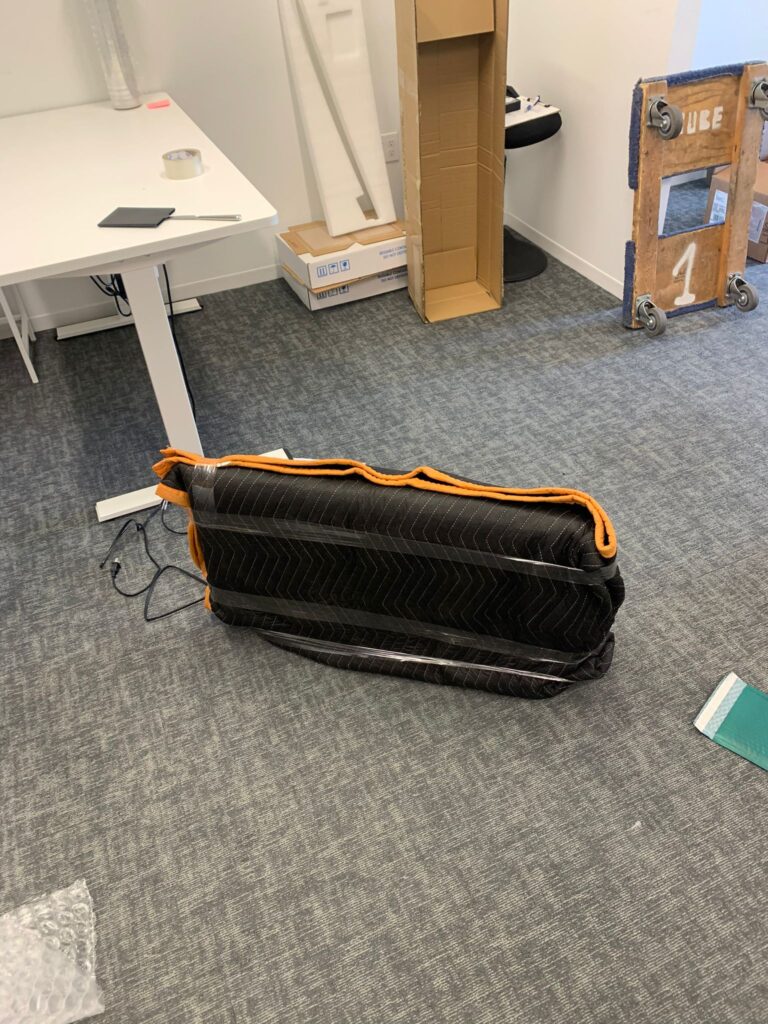
Embarking on a commercial relocation demands a comprehensive strategic plan that addresses operational downtime, employee transition, and the secure transportation of sensitive equipment. Begin with a meticulous inventory of all assets and categorize them based on fragility, importance, and size. Engage in candid discussions with department heads to ascertain their specific needs and timelines. This enables the arrangement of a phased moving plan, affirming minimal disruption to business continuity. Each step, from pre-move preparations to post-move adjustments, must be infused with clear communication protocols, ensuring all stakeholders are informed and coordinated throughout the process.
Inventory Management
Effective inventory management is pivotal during a commercial relocation, especially when it comes to office furniture. Properly managing and tracking office furniture ensures that no items are overlooked or misplaced during the transition.
To ensure precision in cataloging every piece of office furniture, each item should be tagged with a unique identifier and logged within a centralized inventory management system. This allows for real-time tracking throughout the relocation process, making it easier to identify and address any discrepancies that may arise.
Implementing a robust inventory tracking system for office furniture significantly mitigates the risks associated with misplacement or loss of these valuable assets. It not only safeguards the physical furniture but also provides a solid foundation for the operational re-establishment post-move. This system is instrumental in the reconfiguration and harmonization of the new work environment, ensuring a smooth transition and resumption of business activities.
Essential Packing Tips
When preparing for commercial relocation, utilize industry-grade packing materials to safeguard valuable business assets from damage during transit. Appropriate packing supplies, such as bubble wrap, corrugated boxes, and packing tape, ensure your items are well-protected.
Label all boxes clearly with contents and destination for efficient unloading and placement. This saves time and reduces errors in the unpacking phase.
Systems furniture and workstations require special attention; use manufacturers’ guidelines to disassemble and pack components securely. Stay organized by keeping related hardware together in labeled bags.
For technology and sensitive equipment, employ anti-static bubble wrap and secure packing techniques. This prevents any potential electrical discharge harming delicate circuitry during the move.
Ensure liquids and other spillable materials are tightly sealed and placed in leakproof containers, clearly marked to avoid damage to other assets. Documentation should be packed in watertight file boxes to protect from moisture-related mishaps.
Lastly, consider hiring professional packers for high-value items. Their expertise minimizes risk and ensures the use of specialized packing strategies for fragile or high-cost inventory.
IT and Equipment Handling
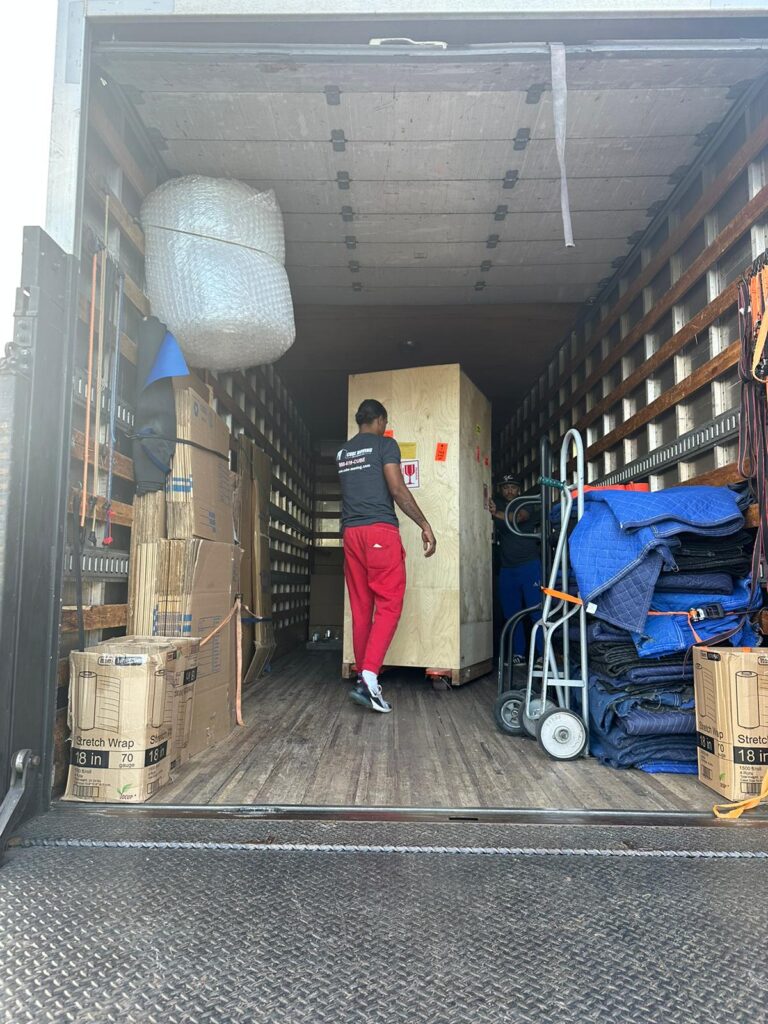
The meticulous handling of IT and technological equipment is paramount during commercial relocation. A systematic approach ensures minimal downtime and preserves data integrity, providing a seamless transition for business operations.
Proper disassembly of complex IT setups is essential for safe transport. Ensure that all cables are labeled before disconnecting to facilitate reassembly.
Sensitive electronics command a tailored packaging solution that incorporates anti-static materials and cushioning that conforms to the specific geometry of each device. This specialized approach mitigates the risk of electrostatic discharge which could be detrimental to the equipment’s functionality.
Experienced IT relocation specialists play a critical role in safeguarding your technological assets. They employ advanced handling techniques and are versed in the nuances of moving servers, computer workstations, and other high-tech machinery. Trusting professionals with your IT relocation not only alleviates the burden of technical logistics but also affords peace of mind that your operations can resume quickly and efficiently post-move.
Settling into the New Location
Once the physical relocation is complete, the process of assimilation begins. This critical phase involves a strategic alignment of your operational layout with the new space’s parameters. Coordinate a meticulous unpacking and setup sequence, ensuring every asset is positioned for optimal functionality and accessibility. Employee orientation to their new work environment is pivotal, for it is their ease of adaptation that dictates the resumption of business as usual. Promptly addressing any transitional hiccups will solidify the new location as your business’s new operational stronghold.
Space Optimization
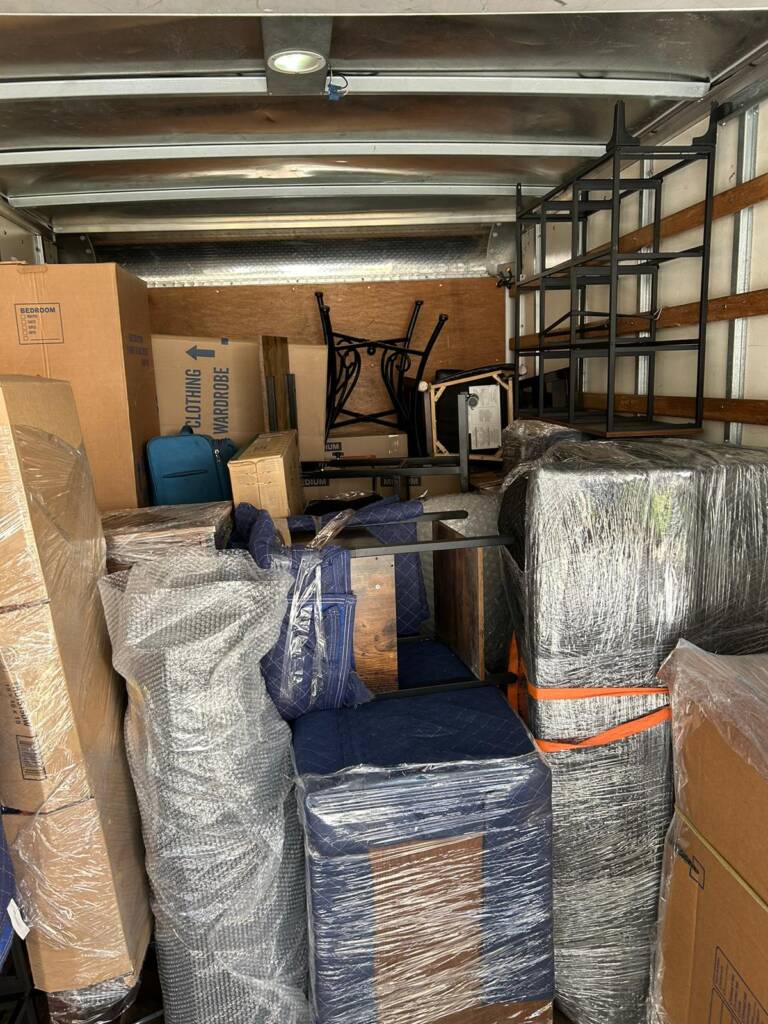
Space optimization begins with a fastidious evaluation of your new commercial premises. Measure twice—install once—to preclude the costly missteps of spatial misjudgment. Accurate, laser-measured blueprints lay the foundation for the precise placement of your equipment and furniture.
Post-move configuration demands an analytical approach to aligning your business operations within the new landscape. This entails integrating a well-conceived floor plan that leverages the available space for maximum efficacy and fosters an environment conducive to productivity. Interdepartmental workflow should be considered, reducing unnecessary movement and streamlining operations.
Effective space utilization includes the deployment of modular office systems and scalable furnishings, optimizing real estate without sacrificing comfort or aesthetics. Stapling ergonomics to the fabric of your layout supports employee well-being and overall operational performance, enhancing the quality of the work-life within your premises.
Consider the long-term adaptability of your layout. Integrating flexible workspaces, capable of accommodating evolving business needs, pivots a static office into an agile work environment. Emerging trends in workplace design underscore the significance of creating spaces that can easily be reconfigured for future demands or growth.
Lastly, engage with an experienced commercial mover adept in space planning and execution. Their insight on the effective use of your square footage will be invaluable, imprinting efficiency and utility upon every inch of your new business domain.
Resuming Operations
Once the physical relocation process concludes, strategic planning facilitates a seamless transition into operational resumption. Establishing a systematic approach for restarting functions ensures minimal downtime and a return to productivity.
Prioritizing critical departments sets an initial focus for rapid functional reinstatement. This approach scaffoldings stability throughout the broader organizational structure.
Infrastructure validation is pivotal before a full-scale operational launch. Ensuring network connectivity, utilities, and core systems (such as telecommunication frameworks and data centers) perform optimally is imperative.
Assess all equipment and machinery immediately post-move for faults or misconfigurations. Address any anomalies swiftly to prevent any impact on operational fluidity, thereby ensuring continued service delivery and client satisfaction.
Training sessions empower employees to adapt to new procedures and layouts, lubricating the gears of the business machine and facilitating a smooth transition. A swift operational re-uptake hinges upon employees being proficient and comfortable in their new surroundings.
Ultimately, communication with stakeholders, including employees and clients, fortifies the fabric of the business’s continuity. Advance notifications regarding potential service disruptions minimize client inconvenience and uphold the brand’s reputation.
For reliable delivery solutions that can assist with your logistical needs during the relocation and operational resumption phases, consider Kosmo Delivery. Their advanced logistics services can help ensure a smooth and efficient transition.
Post-Move Adjustments
Post-relocation stabilization is critical to mitigate any disruption in business continuity. Properly executed, this phase solidifies the gains from your strategic move, reducing downtime and maximizing productivity.
Once settled, the focus should stretch beyond physical installation to the re-establishment of corporate culture within the new space. Elements such as workflow optimization, spacing utilization, and employee comfort should be scrutinized. Branding elements should be prominently displayed to affirm identity and ethos. This phase is a unique opportunity to enhance operational efficiency and reinforce core values, contributing to the overall morale and company cohesion.
Collaborate with department leads to identify any gaps in process efficiency that may have cropped up due to the new spatial dynamics. Encourage open dialogue with employees to provide feedback, contributing to the continuous improvement of the new environment. Their hands-on experiences often yield invaluable insights into what adjustments are necessary to streamline workflow and improve functionality.
Finally, post-move adjustments might also involve external partners and service providers. Evaluate if existing contracts still serve their purpose in the new location. Amend service-level agreements and update the logistics network pertaining to supply chain management. Strategic adjustments in these areas will ensure that operational capacities align with business objectives, maintaining service excellence post-relocation.


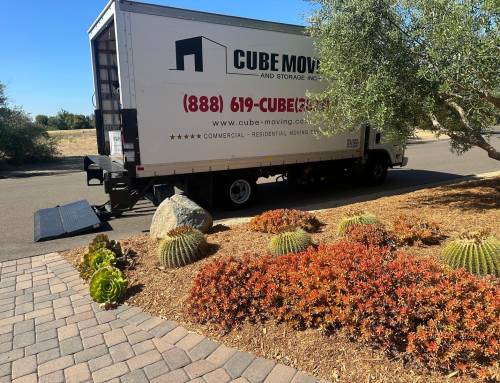
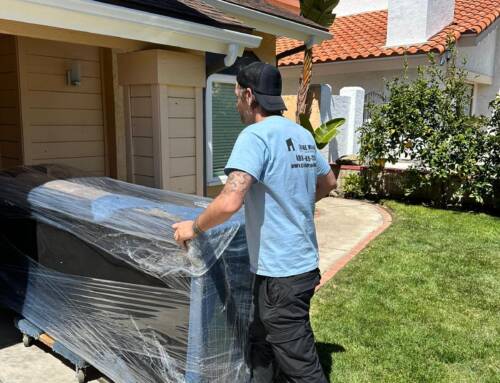
Leave A Comment